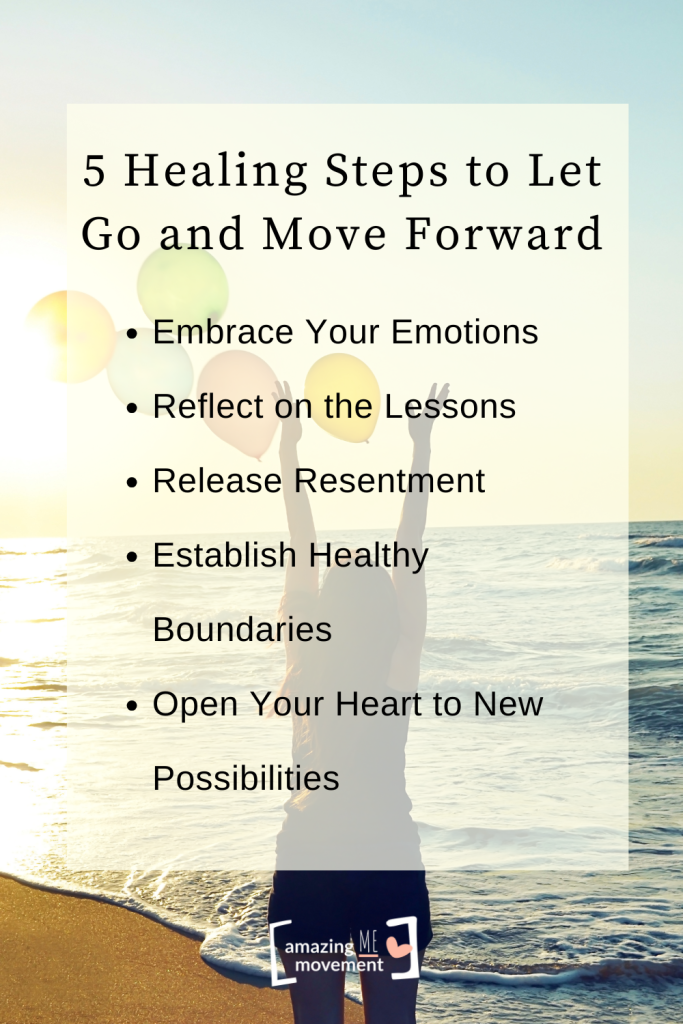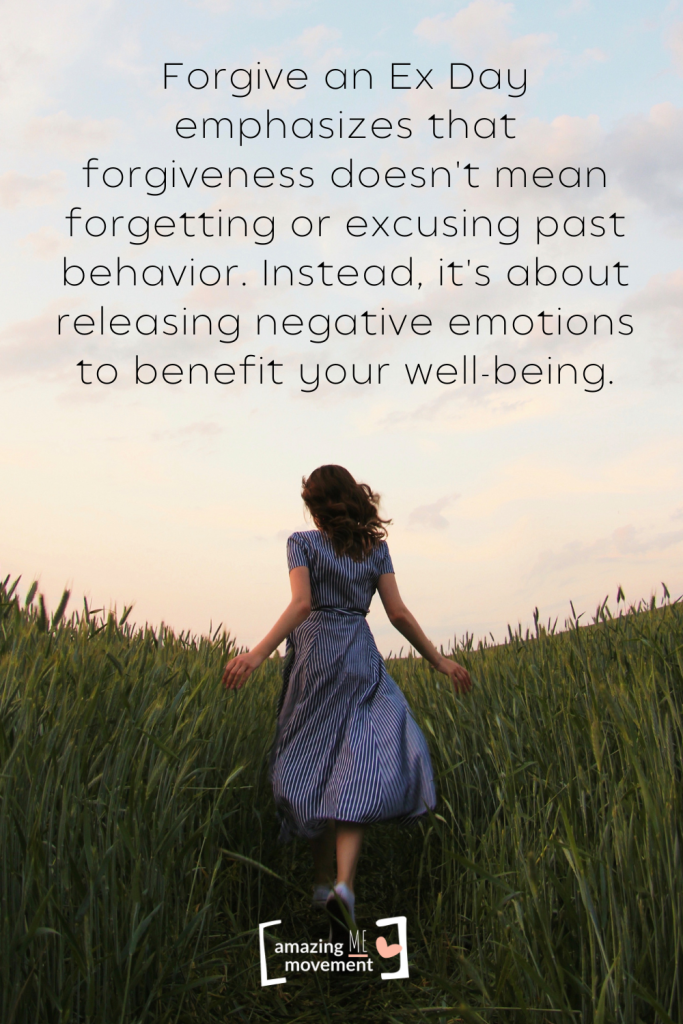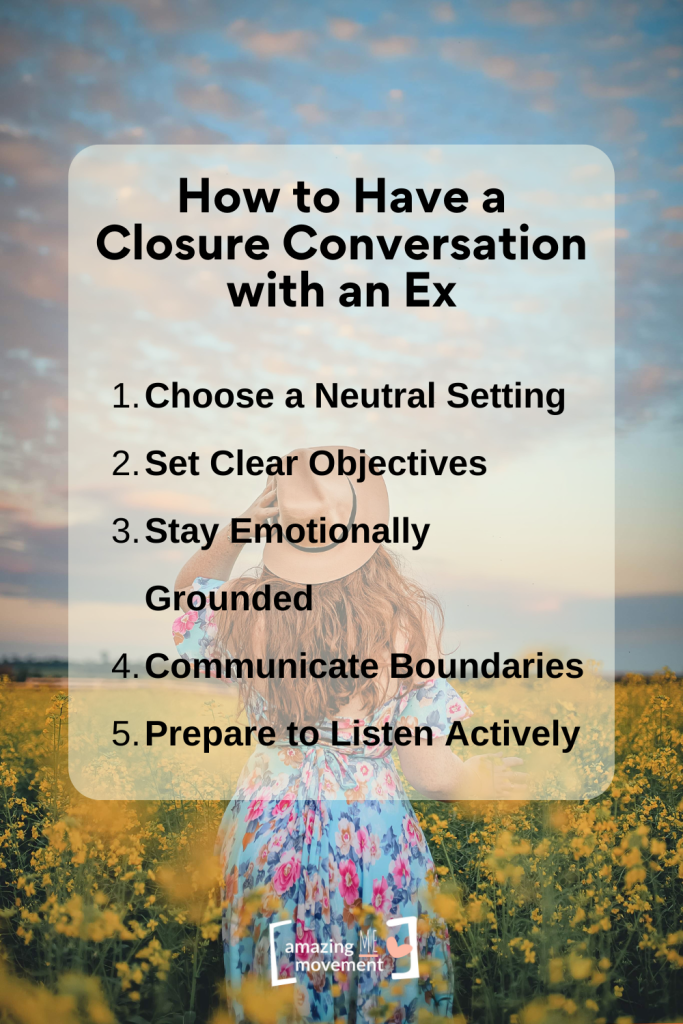Welcome to Forgive an Ex Day, a special occasion dedicated to letting go of past hurt. This October 17th is all about finding personal peace and newfound freedom. Holding onto anger and resentment can weigh you down. By choosing forgiveness, you empower yourself and open the door to emotional liberation. Letting go doesn’t mean forgetting; it means freeing yourself to move forward with confidence.
Forgiveness holds incredible emotional and psychological benefits. It helps you release the heavy burden of bitterness and anger. By forgiving an ex, you pave the way for self-growth and future happiness. Embracing forgiveness allows you to focus on new opportunities and healthier relationships. It’s not about the other person; it’s about reclaiming your peace and building a brighter future.

5 Fascinating Trivia About Forgive an Ex Day
Forgive an Ex Day offers a chance to release emotional baggage and embrace personal freedom. Here are five intriguing facts about this unique occasion that encourage healing and growth.
- Origins of Forgive an Ex Day: Although the exact origin of Forgive an Ex Day is unclear, it has gained popularity in recent years through social media campaigns and relationship blogs, encouraging personal healing and growth.
- Psychological Impact: Studies suggest that forgiving an ex can reduce stress and depression. It promotes emotional well-being by decreasing the mental burden of holding onto grudges.
- Forgiveness vs. Forgetting: Forgive an Ex Day emphasizes that forgiveness doesn’t mean forgetting or excusing past behavior. Instead, it’s about releasing negative emotions to benefit your well-being.
- Common Activities: People observe Forgive an Ex Day through activities like journaling, meditating, or having closure conversations. These activities help process emotions and foster forgiveness.
- Social Media Influence: The hashtag #ForgiveAnExDay is used to share personal stories and encouragement. It creates a supportive community where people inspire each other to let go and move forward.
The Emotional Benefits of Forgiveness
Forgiving your ex can significantly enhance your mental health and emotional well-being. When you hold onto anger and resentment, it can lead to increased stress, anxiety, and even depression. These negative emotions can weigh heavily on your mind and heart, clouding your ability to enjoy life and appreciate new experiences.
By choosing to forgive, you release these burdens, creating room for inner peace and renewed happiness. This emotional release not only benefits your current mental state but also sets a positive foundation for building healthier, more fulfilling relationships in the future.

5 Healing Steps to Let Go and Move Forward
Letting go of past relationships can be challenging yet transformative. Here are five healing steps to help you find peace and embrace a brighter future.
Step 1: Embrace Your Emotions
Recognizing and validating your emotions is the first step to healing. It’s crucial to understand what you’re feeling and why. Try journaling to express your thoughts or engage in meditation to find clarity. These practices help you sort through complex emotions and bring calm.
Identifying emotional triggers is essential in managing your responses. Triggers can be anything from a song to a place that reminds you of your ex. Once you’ve identified them, you can develop strategies to handle them better. For example, if a certain song upsets you, try listening to empowering music instead.
Tips for Managing Emotional Triggers:
- Keep a journal to track your reactions and patterns.
- Practice deep breathing when you feel triggered.
- Create a calming playlist to redirect your focus.
Step 2: Reflect on the Lessons
Reflecting on past relationships helps uncover valuable lessons and personal insights. Encourage readers to identify key takeaways from their experiences. This process fosters self-awareness and personal growth, paving the way for healthier relationships.
Changing your perspective on past events can be incredibly healing. When you view challenges as opportunities for growth, you transform your narrative. Anecdotes or quotes, like “Every ending is a new beginning,” can inspire and motivate a shift in mindset.
Key Strategies for Reflection
- Journaling: Write down your thoughts to gain clarity and understanding.
- Meditation: Practice mindfulness to help process emotions.
- Discussion: Talk it through with a trusted friend or therapist for additional insights.
Reflecting on the past is a powerful step in healing and letting go. By embracing these strategies, you transform past pain into present strength.

Step 3: Release Resentment
Holding onto resentment can drain your emotional energy and cloud your happiness. Releasing grudges frees your mind and heart, allowing you to grow. Try expressing negative emotions through creative outlets like writing, painting, or music to find relief and clarity.
Forgiving isn’t about excusing someone else’s actions; it’s a gift to yourself. It brings inner peace and emotional freedom, allowing you to move forward. Embrace forgiveness as a personal act of liberation, opening doors to new joys and experiences.
Step 4: Establish Healthy Boundaries
Setting healthy boundaries with an ex is essential to protect your emotional well-being. Clearly define what interactions are acceptable and communicate them firmly but kindly. To implement boundaries, consider minimizing contact, unfollowing on social media, and focusing on activities that reinforce your personal space.
Self-care plays a vital role in building resilience and confidence during this healing process. Regular activities like yoga, meditation, or even a daily walk can promote well-being and reduce stress. By prioritizing self-care, you invest in your mental health and lay the foundation for a more balanced life.
Step 5: Open Your Heart to New Possibilities
Let forgiveness clear the path for new relationships and experiences that bring joy. By letting go of the past, you invite growth and exciting opportunities. Stay open to possibilities, as they can lead to unexpected happiness and fulfillment.
Recognize and celebrate your journey of forgiveness, acknowledging each step you’ve taken. Sharing your story or milestones with friends or on social media can inspire others. Reflect on how far you’ve come and cherish the strength you’ve gained.

How to Have a Closure Conversation with an Ex
Engaging in a closure conversation with an ex is a crucial step for achieving personal clarity and emotional resolution. It allows both parties to express their feelings and gain a better understanding of what went wrong, offering a pathway to move forward without unresolved baggage.
When approaching this discussion, it’s important to maintain a calm demeanor and an open heart. Your goal should be to express your emotions honestly while also respecting your ex’s perspective and maintaining a sense of mutual understanding. This environment of empathy can prevent misunderstandings and facilitate healing for both individuals involved.
By handling this conversation thoughtfully, you can leave past grievances behind and move forward with newfound confidence and peace. To ensure the conversation is safe and doesn’t cause harm to either party, consider these five tips:
- Choose a Neutral Setting: Pick a location that feels comfortable and neutral for both of you. This can help ease tension and create a space where both parties feel safe to speak openly.
- Set Clear Objectives: Before the conversation, be clear about what you hope to achieve. Whether it’s gaining clarity or simply saying goodbye, having a purpose can guide the discussion and prevent it from veering off course.
- Stay Emotionally Grounded: Remain calm, even if emotions run high during the conversation. Practice deep breathing or mindfulness techniques to maintain your composure and prevent emotional outbursts.
- Communicate Boundaries: Clearly express your boundaries at the start of the conversation. If any topics are off-limits or if you need to take a pause, communicate this openly to ensure both parties feel respected.
- Prepare to Listen Actively: Be prepared to listen to your ex’s point of view without interrupting or reacting defensively. Active listening can foster empathy and understanding, paving the way for a more productive conversation.

Conclusion: Forgive, Share, and Inspire
As we wrap up our exploration of Forgive an Ex Day, remember that letting go is a journey, not a destination. By embracing forgiveness, you’ve taken steps toward emotional freedom and personal growth. Each step, from releasing resentment to opening your heart to new possibilities, paves the way for a more fulfilling life.
Don’t keep this journey to yourself; share your experiences on social media using the hashtag #ForgiveAnExDay. Your story has the power to inspire others to embark on their own paths to forgiveness and healing.
This day is more than just forgiving an ex; it’s about reclaiming your peace and sparking change within. By publicly sharing your progress, you create ripples of inspiration that can touch lives and encourage others to let go of their burdens. Think of the impact your journey can have on friends, family, or even strangers who stumble upon your story. Everyone deserves the chance to experience the empowerment that comes with forgiveness.
Dive Into More Stories: Explore Our Other Articles!
The Happiness 30-Day Challenge: CultivateJoy and Positivity
5 Crucial Misconceptions About Forgiveness (and why you need to do it more!)
20 Quotes On Peace And Quite: Your Road Towards Serenity
- 10 Ways to Overcome Procrastination and Get Things Done – 03/03/2025
- How to Overcome Imposter Syndrome and Thrive – 27/02/2025
- 10 Time Management Hacks You’ll Wish You Knew Sooner – 27/02/2025









Leave a Reply